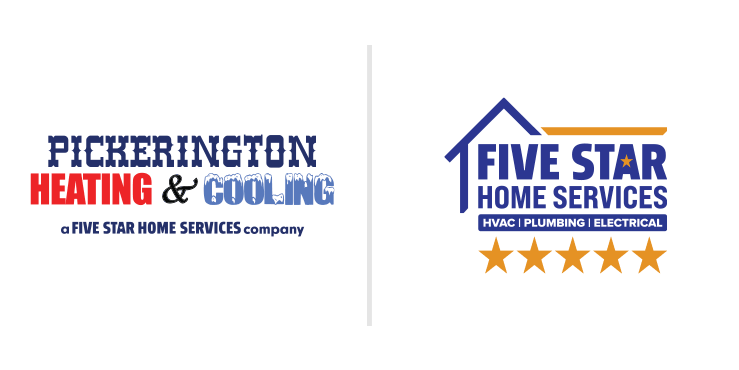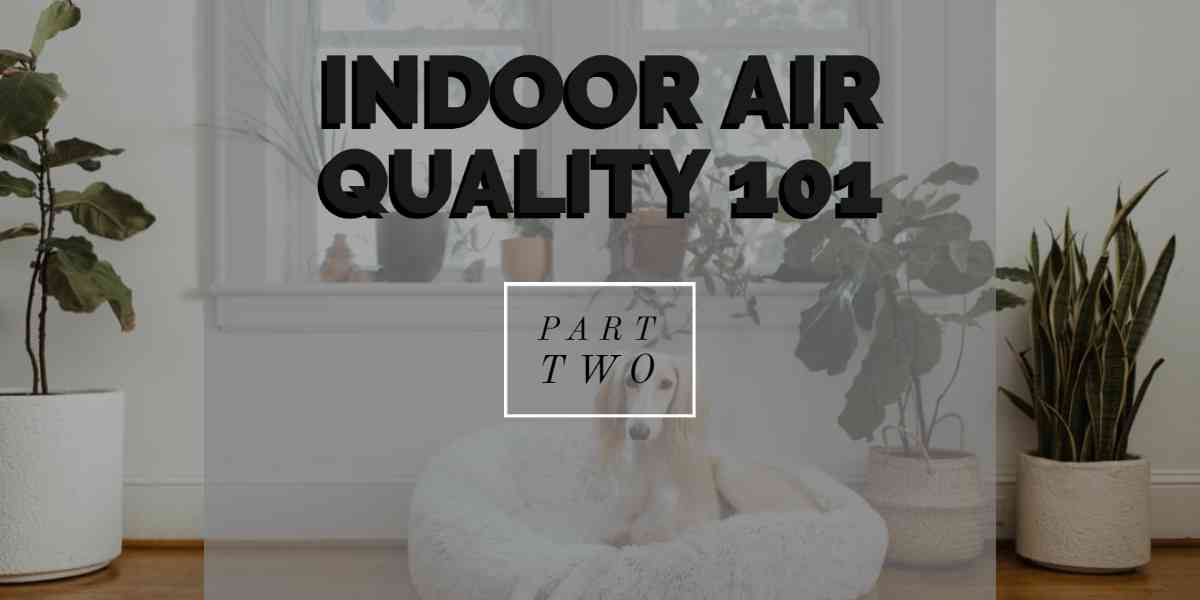In Part 1, we briefly explained why Indoor Air Quality is so important and discussed some of the related health effects of indoor air pollution. This importance is heightened by the fact that Americans spend 90 percent of their time indoors where the misconception is that the air quality is cleaner. Health officials report that indoor air is often two to five times more polluted than the air outdoors, even the largest and most industrialized U.S. cities.
Now, in Part 2, we will discuss some of the more common sources of household and workplace air pollution here in the U.S., and how these pollutants can affect one’s health, mood and well-being.
Even though indoor air pollution isn’t something new (it’s been around for a long time and has actually improved in recent decades) many homeowners still don’t understand how serious the issue is. It is the most devastating in low income areas. In lower income communities the risk level is much higher than anywhere else, according to the World Health Organization.
Common Sources of Indoor Air Pollution
Air pollution within homes and places of work in the U.S. is considered an invisible enemy because, health officials say, it cannot be detected by the naked eye unless it is thick like smoke or dust. Usually, air pollution particles are microscopic. A growing body of scientific research lists a wide range of different forms of pollution found in workplaces and homes, including the following:
- Tobacco smoke from cigarettes
- Smoke from fireplaces, wood-burning stoves and candles
- Pesticides and other types of toxic chemicals
- Carbon monoxide, radon and other types of dangerous gases
- Asbestos and waste from deteriorating insulation
- Dust mite waste and particles of dust
- Materials and furnishings from construction repairs and renovations
- Mold and mildew
- Organic particles from people and pets such as pet dander, fur and dead skin
- Volatile Organic Compounds
- By-products of fuel-burning appliances
- Outdoor air pollution coming inside
- Products for household maintenance and cleaning
- Aerosol and other waste from hobbies and personal care products
- Grasses, pollen and grains
- Food particles and fumes from cooking
How Indoor Air Pollution Impacts Our Health
Often, the microscopic particles that are floating around in our homes and workplaces can get tracked inside with the in and out-flow of our visitors, ourselves and our pets. Because of this, it’s a good idea to have everyone take off their shoes. After making its way inside and into our carpets and rugs and other types of flooring, this stuff can lodge itself into our furniture. Under any number of conditions, a lot of this stuff can later get airborne and become breathable. If your home doesn’t have properly functioning air filtration and/or ventilation, a lot of these airborne pollutants can cause certain health symptoms, and even health problems in some instances. Occasionally, they might already be causing health issues and the homeowner isn’t even aware that it’s the reason.
Although certain health effects can be instantaneous, others do not surface until later. In some situations, health officials say it could take years for the effects to surface, in which case it could end up being too late.
The ways in which air pollution in a home or workplace affects a person’s health is shaped by several factors. These factors include what the person’s current health status looks like as well as the kind of pollution that might be present and its level of concentration. In any case, the benefits of guaranteeing your home has adequate ventilation and the necessary air filtration systems in place is priceless; in some of the situations of the more devastating nature, ensuring there’s a healthy indoor air quality can save lives.
Immediate Health Effects of Indoor Air Pollution
When a person is exposed to indoor air pollution, sometimes the symptoms appear immediately. These initial, short-term, or immediate effects include things like sore throats and coughing and trouble breathing. Additional symptoms include irritation or itchy eyes and irritation of the nose and nostrils. It can appear as irritation on the skin as well. A person could feel lethargic or tired or have fatigue and/or experience headaches and/or dizziness. If you are experiencing any of these issues, it does not automatically mean you have an indoor air quality problem. However, it is something that you might want to consider and even investigate. Moreover, if asthma or allergy symptoms develop or get worse, this is another warning sign of indoor air pollution.
Long-Term Health Effects
The long-term health effects of indoor air pollution can take years to develop or surface and they often occur after continuous, repeated exposure, but not always. After years of repeated or prolonged exposure to certain airborne pollutants, if the source is not recognized and addressed the long-term health implications are much more serious: These effects include respiratory diseases and/or heart disease. As such, health officials are trying to increase awareness. In some circumstances, certain types of indoor air pollution can lead to cancer and even result in death.
Take Charge of Your Indoor Air Quality Today!
We at Pickerington Heating & Cooling go to great lengths to keep our customers comfortable year-round. However, more important than comfort is the health and wellbeing of our customers and the health and wellbeing of everyone in your home. We realize that some of this information, which is from the EPA , may seem alarming. We are merely reporting it to attempt to increase awareness about the importance of Indoor Air Quality. We believe the more you know, the better informed you are, the more you can do to take charge of your home’s air quality. Taking charge begins with diagnosing and removing any and all causes of indoor air pollution in your home. To do that, you should consider having the air in your home tested by a professional. If you are interested in a professional air quality test give us a call today at 614-837-4026, or click here to schedule an appointment now.
Indoor Air Quality 101: Part 1








